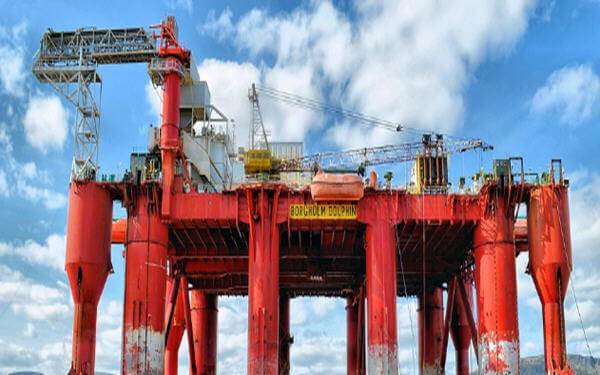
US oil prices are falling well behind their international rivals, as booming shale production has created pipeline constraints, driving the biggest discount to North Sea Brent in three years.
On Thursday, US benchmark West Texas Intermediate‘s discount to Brent crude moved above $11 a barrel, a level not seen since 2015, in the latest sign inland US crude markets have become swamped by rampant production.
Brent was near $78 a barrel while WTI traded closer to $66, before recovering.
Traders and analysts say WTI’s discount to Brent— known as the Brent-WTI spread in the industry — reflects pipeline constraints in two key areas that have intensified over the past three weeks. The discount was closer to $5 a barrel in early May.
“The market is telling you that the pipelines are full,” said Andy Lipow, president of Lipow Oil Associates, a consultancy in Houston. “If there was enough pipeline capacity the spread would be no more than the pipeline tariff.”
A jump in the spread of more than 20 per cent at one stage on Thursday led some to speculate that a big trading position had run into difficulty.
Still, traders appear to be betting that a wider discount for US crude will persist, with contracts for delivery months in the future suggesting the spread will remain in double-digits as US oil production grows.
That could hit the bottom line of shale drillers but provide an outsized boost to margins for US refiners if they are able to devise ways of getting the discounted crude into their plants. The shares of refiners Phillips 66 and Marathon Petroleum have risen by 13 and 11 per cent, respectively, this month.
The deep discount first appeared in the heart of the Permian Basin — the most prolific US shale field — around the city of Midland in west Texas. It has since moved to Cushing, Oklahoma, a tank storage hub that can also be a detour for Permian barrels flowing towards refineries and oil export docks on the coast of the Gulf of Mexico.
Traders have essentially maximised capacity on pipelines running out of Cushing to the Gulf Coast as US crude production has risen towards 10.5m barrels a day while demand for exports frequently tops more than 2m b/d.
Capacity utilisation on pipelines connecting Cushing to the Gulf has averaged 90 per cent in 2018, according to Dylan White, an oil market analyst at Genscape, well above the 79 per cent it averaged last year.
The discount is even larger in other parts of the country. In Midland, crude from the Permian priced as much as $12.50 a barrel below WTI on Thursday, making the discount to international markets more than $20 a barrel.
Analysts say the spread reflects in part the cost of alternate means of transportation for the crude, such as tanker trucks, though brokers have said finding enough available vehicles and drivers is difficult to make the trade work.
Trip Rodgers, portfolio manager at BP Capital Fund Advisors, an energy investment group, said that as US production continues to grow it could exceed pipeline capacity by 300,000-400,000 b/d later this year.
“It is hard to see how that amount could possibly be transported by rail or truck,” he said.
Source: FT.com